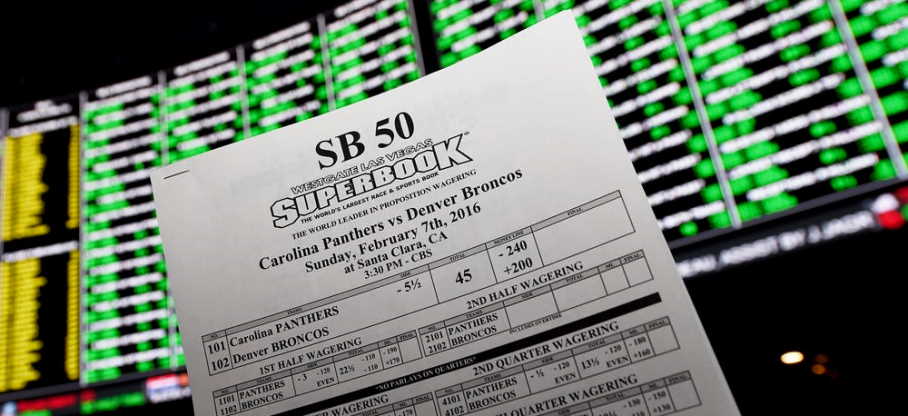Minus In Betting
The plus (+) and minus (-) in sports betting can refer to either the point spread or betting odds. In terms of the spread, the ' - ' always refers to the favorite and the ' + ' always refers to the underdog. For example, you can bet. If the odds are minus (–), then that amount of money must be wagered to win $100. –150 means you must bet $150 to win $100.) If the odds are plus (+), that amount of.
- What Is The Plus And Minus In Betting
- In Betting Is Minus Favored
- Betting Odds Plus And Minus
- Explain Plus Minus In Betting
What Is The Plus And Minus In Betting

In Betting Is Minus Favored
In a betting line between two teams, the team expected to win, or favorite, will have minus or negative odds. This means for every dollar wagered, you will earn less than a dollar if your bet wins. The team expected to lose, or underdog, will have positive or plus odds.

The plus (+) and minus (-) in sports betting can refer to either the point spread or betting odds. In terms of the spread, the ' - ' always refers to the favorite and the ' + ' always refers to the underdog. For example, you can bet the Dallas Cowboys as a -7 point favorite to beat the Green Bay Packers or the Packers as a +7 point underdog. If you bet the Cowboys -7 and they win by more than seven points, you win your bet. Similarly, if you bet the Packers +7, as long as they lose by less than seven points or win outright, you win your bet.
Betting Odds Plus And Minus
It's a similar case for the betting odds, though favorites don't always have a ' - ,' especially in sports like baseball, hockey or soccer where final results are often decided by one run or one goal. It's especially the case in soccer since matches can end in draws, whereas a winner is declared in almost every other sport because of overtime rules. However, in most cases, the favorite will have a ' - ' in front of its moneyline odds while the underdog will always have a '+ .'
Explain Plus Minus In Betting
For an example of moneyline betting odds, you can bet the Eagles as a -150 favorite to win or the Giants as a +180 underdog to win. If you bet $100 on the Eagles to win at -150, you would net a payout of $166.70. If you bet on the Giants to win at +180, the payout would be $280 because they are an underdog.
For something like soccer, Arsenal could be a +150 favorite against Everton as a +190 underdog, while the draw would be set at +220. In this case, the payout would be decent for every situation mainly because the teams are even and there are three possible results compared to just two for something like football (unless they go scoreless in overtime). In this case where both teams have a ' + ' in front of their odds, the team with the lower number is the favorite. The lower number also means a lower payout, which is always the case for betting the favorite on the moneyline. A $100 bet on Arsenal +150 would net $250, while a $100 bet on Everton +190 would net $290. Going further, a $100 bet on the draw at +220 would payout $320.